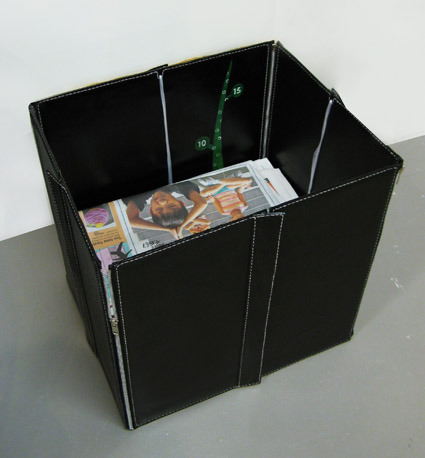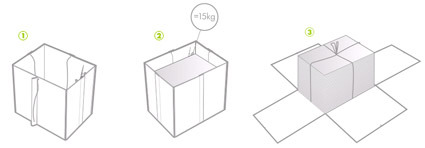This is the fourth (and last) part of the the GreenHouse Effect concept series, showing and explaining some of the thoughts behind the design concepts. The GreenHouse Effect is an exhibition by Orcadesign as part of the Singapore Design Festival, exploring what it means to tackle sustainability through design.


We have many mobile and electronic accessories, and when we charge them we tend to leave it on and forget about them (or go to sleep). Even while they are fully charged, the devices still consume phantom electricity. There’s also always the nagging suspicion that such overcharging may reduce battery life.
Borrowing a familiar metaphor found in baby pull-string toys, the Lullaby Plug is a power socket with an intuitive timer interface. Pulling the string down activates the power supply; the length you pulled is proportionate to the time you require (markings are on the string for every hour). As the device gets charged, the ring slowly retreats upwards until it finally cuts off power after the desired time span.


Newspaper recycling is one of the more accessible and common eco practice (at least here) – they are often however either stacked at a corner messily, or are relegated to the storeroom. Their fate somewhat mirrors the mindset of households – they are conceived more as an inconvenient waste rather than a valuable resource input (albeit recycled).
The PaperHaus elegantly houses the newspapers, fitting into the living room environment (where newspapers are often read/kept). Flaps on the four sides keep strings neatly tucked. The graphics on the rear wall does more than lifting the product visually – it also indicates how many kilograms of newspapers are accumulated. When you’re done, you can just unzip the edges, tie and bring the newspaper for sale/recycling.
[This post is a part of the series on the ‘GreenHouse Effect’ exhibition under the Singapore Design Festival]. This will be the final post on it – if you have any comments or critiques of any of the ideas (or the thought behind), let ‘em loose!]

